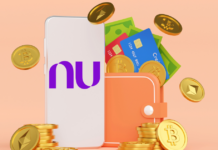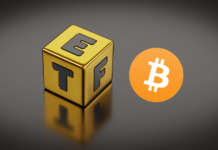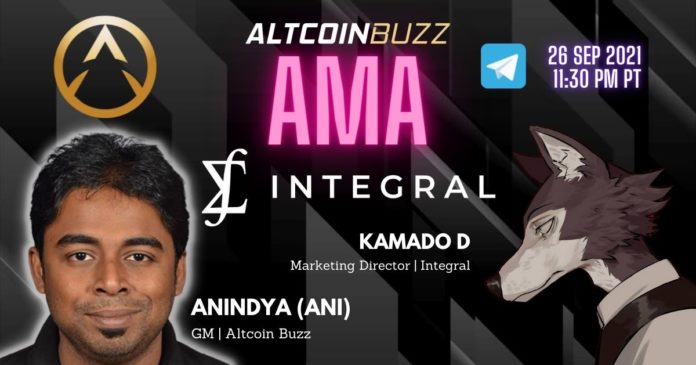Integral, a DeFi primitive that carries out large orders in an efficient manner. They are also reportedly the only primitive with a functional product, and they are poised to capture the segment of large client trading volume for decentralized finance.
The General Manager of Altcoin Buzz, Anindya (Ani) Baidya, anchored the Integral AMA session on our Telegram channel. He was joined by Kamado D, the Marketing Director of Integral. The AMA took place on September 27th, 2021.
Below is a recap of the AMA session with Kamado D to understand the company recently. The AMA was in segments; introduction and deep dive.
Segment 1: Introduction
Q – Tell us about yourself. What’s your background, and what role do you play in the Integral Team?
My name is Kamado, and I’m the marketing director of Integral. Integral was founded in August 2020 with the mission to make DeFi better.
My career started as a venture capitalist and has been around in crypto since 2017. My first DeFi experience is Yearn, one of the earliest farmers back then.
Q – We know that your founder is the very popular Professor JEY. Can you tell us more about him and also about the team?
As a financial engineer, JEY summoned us to this project back in 2020, including many SV start-up entrepreneurs, top quant analysts, marketers to make Integral possible. I’d say our team is a trinity of mathematics, financial engineers, and coding and constantly top the game.
And our advisors include Rob from Compound, Tarun Chitra from Gauntlet, Polychain and Framework ventures.
Segment 2: Deep Dive
Q – So tell us about your product. What is Integral, and what problem does it solve?
So when we were doing a user interview last year, one of the most significant pain points was that current DEX could not correctly handle large orders, aka block trades.
People love Uniswap and Curve for their self-custodian and one-click swap. However, they are only suitable for retail-level trades (<10,000 USD). If the trade exceeds that threshold, most people have to go to CEX like Binance or Coinbase for a better price.
There are a couple of reasons for DEX’s bad price.
1 – Liquidity. Large orders require tons of liquidity in the pool. Otherwise, it’ll get hit by a huge price impact. For a 1million dollar trade, the average price impact is 10,000 USD. And trust me, whale do care about this 10k money.
2 – Lack of financial tools. Most CEXs provide whales a toolbox for making trades, like TWAP and VWAP, which can substantially reduce the price impact and give them a better price. However, few DEX is offering that.
Therefore, we build Integral to be the world’s 1st DeFi primitive for large orders/block trades, and we believe this is the only way to make DeFi better and eat more shares from CEX.
We believe this is very important to DeFi, cause 68% of Coinbase’s trading volume comes from large orders. These orders from sophisticated traders and institutions are typically split up and executed over some time. Institutions have historically used centralized exchanges because they offer the best prices with low visible impact, and we want to have them on DeFi.
There are hundreds of DEX competing for the 20% retail volume, and we want to be the first and best to compete for the 80% large/institutional volume.
Q – So low liquidity and inconsistent slippages, right? But platforms like 1inch are already aggregating them, right? Open Ocean brings in CEX aggregation too. How are you different from them?
Good question. Unlike 1inch, Integral is not an aggregator. It is a standalone DEX and an OTC service in the future.
Let’s say you trade ETH-USDC on 1inch. The protocol will route your trades to different (~60) ETH-USDC liquidity pools for the best price.
When you trade on Integral, you are interacting with Integral’s ETH-USDC pool. Integral creates a highly liquidity-rich environment by mirroring order-book and AMM from some of the best centralized and decentralized exchanges. It executes orders accordingly to an oracle’s average price over some time. This helps our trader gets the best price and nearly 0% price impact.
So, in short, you are trading with our pool, which has the best liquidity and price for large orders. The pool currently has an “implied liquidity” of 3.4 trillion, which means that when you are trading with the pool, the price impact you’ll get is the same level that a 3.4T pool can offer you, which is nearly 0%.
Q – So, you consolidated into a single liquidity pool. Are these currently available for selected pairs or every pair?
Yes. Currently, we offer ETH-USDC/USDT/DAI, ETH-LINK, and stablecoin pairs. Although it seems limited, ETH-USDC already accounts for 80% of the block trades on-chain now.
Ani – I would like the AltcoinBuzz Army to know that we have tested the product multiple times and have found it to be delivering better prices against its competitors.
Kamado – We had a comparator built into our product, which gives you an impression of how much you can save.
Ani – Yes, Army, test it out, you do not have to do any transaction, but the tool will immediately show you the price and give you a comparison.
Q – We know that you have received a grant from Gitcoin GR9. In May 2021, you successfully closed its Public Seed Round. How was the funding journey? Are you stable as a team or expanding?
Yeah, we are grateful for getting support from the Web3 community. We appreciate the value that Gitcoin represents, which is to create a more open and fair internet. Therefore, we chose to become a matching partner for Gitcoin Round 11 this time.
Our funding journey is a bit different than other projects. We started the team with our own money, and there’s no pre-sale or VC investment (actually, our first external investment comes from Gitcoin, and we used it to deploy our mainnet SC). We followed the so-called value of “build-farm-sale”: build the product, launch the farming on march 29th, and made the sale a month after launch. Our team currently has 15 people and is expanding.
Q – In which blockchain is (or will be) your product interoperable?
Currently, it’s Ethereum. We are now only on Ethereum because the chain is very mature and has a lot of whales who have the need for block trades. There are so many chains right now, but not all of them have shown a robust demand for block trades.
We will work with an L2 solution after finishing building our DeFi OTC service (2nd product) to solve the gas problem.
Q – So an OTC service is up next. How will that service work? Will it be completely decentralized? I don’t think anybody does that?
Yes, correct. So currently, when a whale wants to sell his Eth through a centralized OTC desk (like Coinbase), he has to fill a bunch of paperwork, make phone calls, get quotes, etc. We are making it automatic and self-serving, just like what Uniswap does for token swap.
But sure, we are going to provide 24/7 customer support.
Q – How can a token holder benefit from holding your token? And where can I get your tokens?
ITGR is a governance token that allows the Integral community to own and govern the Integral Protocol. All Integral Protocol values will accrue to ITGR token holders. All protocol profits (“trade commissions,” “exchange fees”) will go to ITGR holders. Most pre-the token holders are in a 3-year vesting period.
We are now on Uniswap, and we are expecting a top-tier CEX listing in October.
The Altcoin Buzz community gratefully thanks Kamado D, Integral Marketing Director, for taking part in the AMA session on September 27th on our Telegram channel.
Also, join us on Telegram to receive free trading signals.
Find out more about the blockchain and crypto space on the Altcoin Buzz YouTube channel.



























